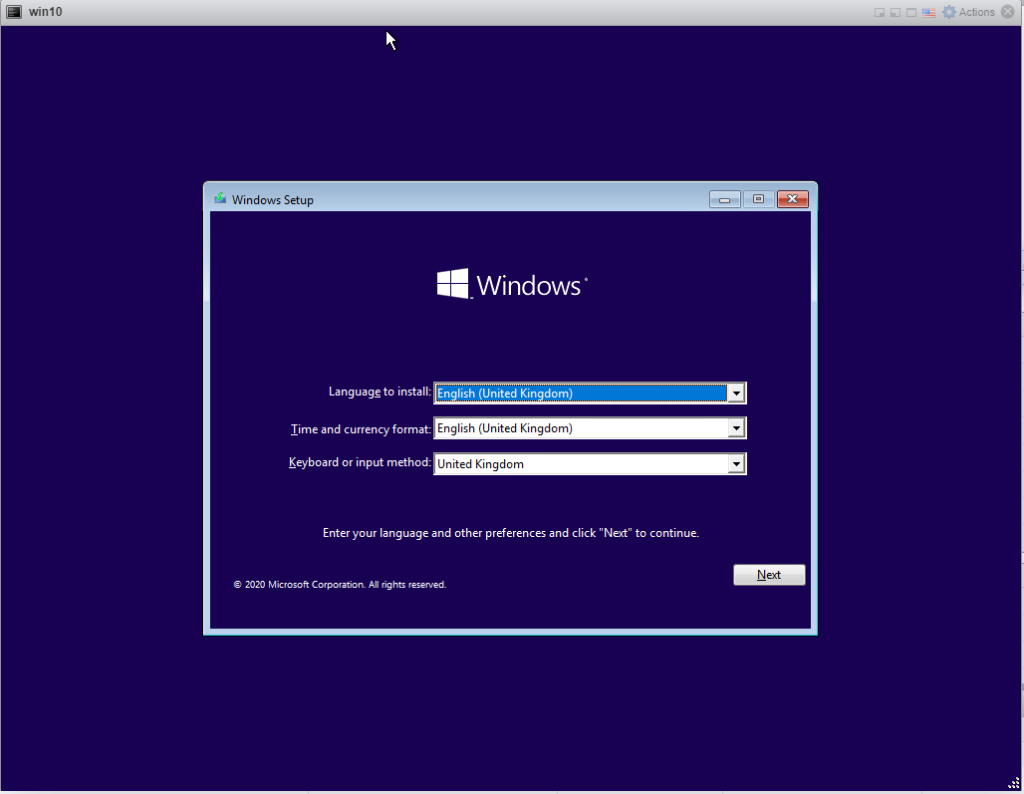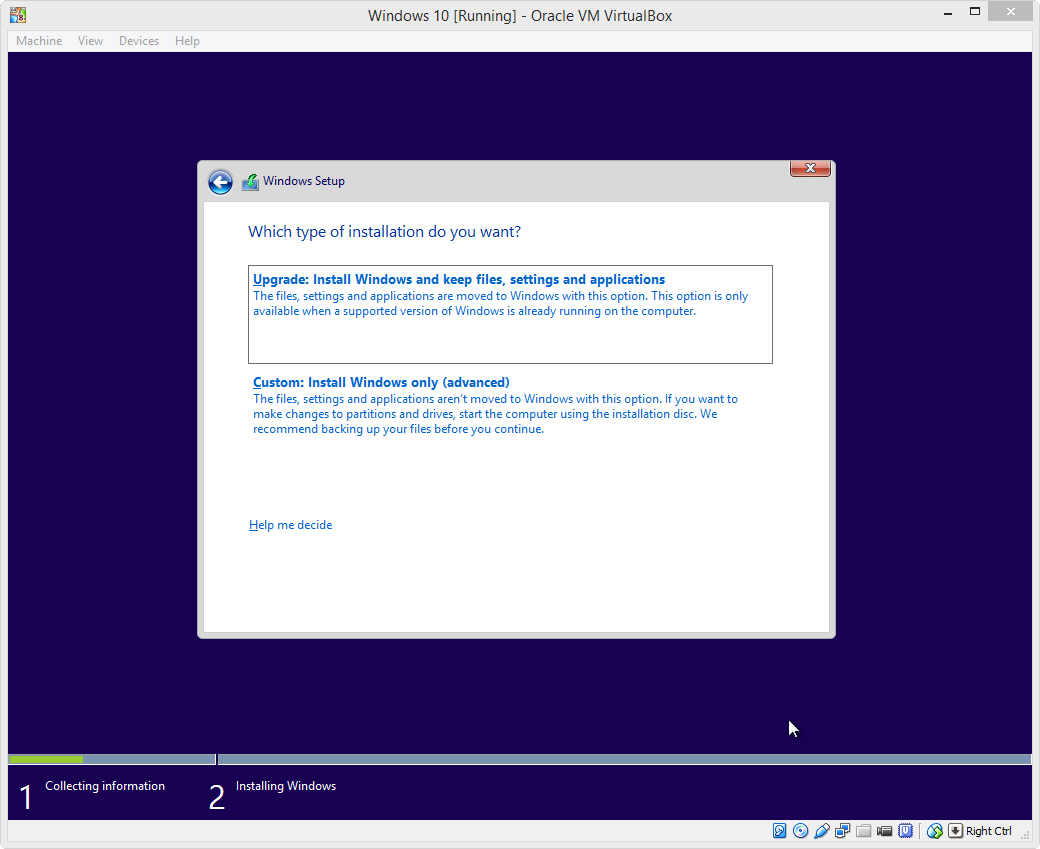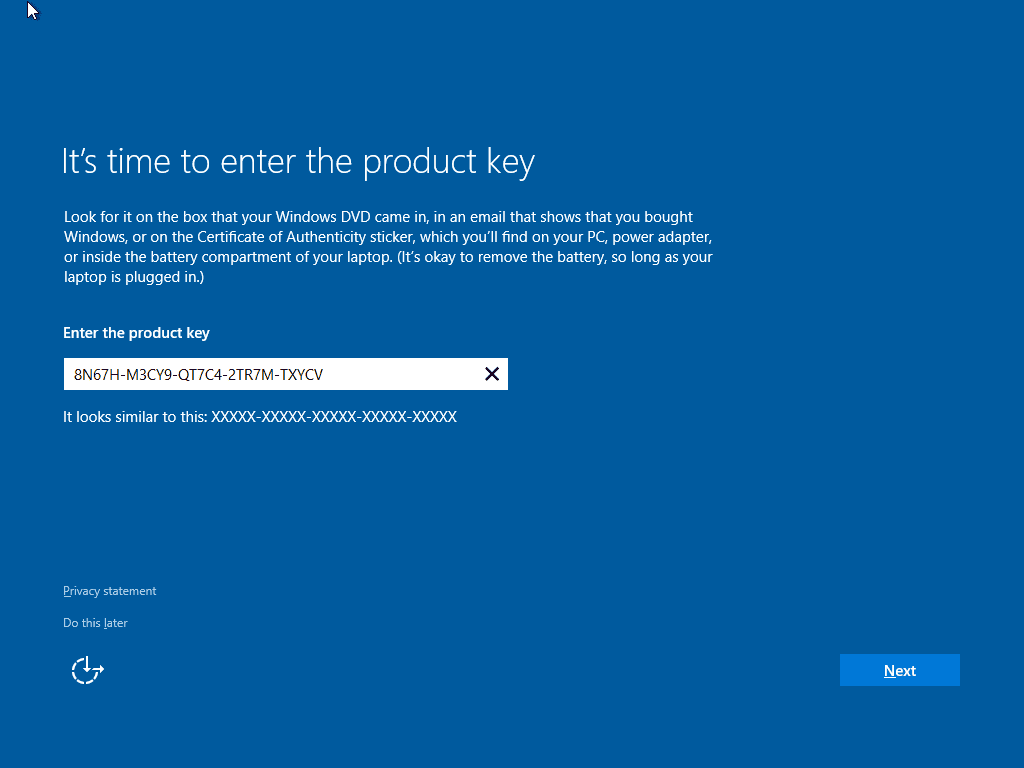



If you plan to reinstall or perform a clean install of Windows 10 from an ISO image file instead of a bootable USB/DVD, you can do so by following step-by-step instructions given below. Method 2 of 2 Add ei.cfg file to bootable Windows 10 ISO You can now boot from the USB drive to see the edition selection screen, as shown below. NOTE: You can open the downloaded ei.cfg file with Notepad to see what it includes. Step 3: Open up Sources folder, download ei.cfg ZIP file by clicking here, extract the ZIP file to get ei.cfg file, and place it in the Sources folder. Step 2: Once the bootable USB of Windows 10 is ready, open This PC, double-click on the USB drive icon to open up the same. To create the same using Command Prompt, please refer to our how to install Windows 10 from the USB guide. Step 1: Create the bootable USB of Windows 10, either using Rufus, Media Creation Tool, or any other software. Method 1 of 2 Add ei.cfg to bootable USB to see the edition selection screen If you want see the edition selection screen while installing Windows 10 on a PC which includes the product key in the BIOS, you need to edit the ISO file to include ei.cfg file or add ei.cfg file the bootable USB.įollow the directions in Method 1 to add ei.cfg file to the bootable USB and follow Method 2 to include the ei.cfg file in the bootable ISO of Windows 10. In simple words, for instance, if you had previously activated Windows 10 Home edition on a computer, when you run the setup of Windows 10, it automatically installs the Home edition without allowing you to select the edition of Windows 10. And when you are installing Windows 10 on a new PC or a PC without the embedded product key, it displays the prompt asking you to select the edition of Windows 10 that you would like to install. When you create a bootable USB of Windows 10 using the ISO and attempt to install Windows 10 from it, the setup of Windows 10 automatically checks your BIOS/UEFI for embedded product key (if available), and installs the right version based on its findings. Well, the fact is that the Windows 10 ISO that you download using Media Creation Tool includes both the Home as well as Pro editions, meaning Microsoft is no longer offering separate ISOs for Home and Pro editions.


 0 kommentar(er)
0 kommentar(er)
